Sunday E-dition: Storyteller Series — The Night the Sky Turned Black
By Tim Carl
It started with the siren.
A rising metallic wail that ricocheted off the cinderblock walls of our junior high school, sharp enough to lift the hair on my arms.
Then the loudspeaker crackled: “This is a civil defense drill. All students, duck and cover.”
I looked at Brendan. This again?
It was 1977. The first week of seventh grade. St. Helena. The Cold War was still real enough to send us under our desks. The same desks we took spelling tests on, carved our initials into. Not just graffiti — but something else. A way of saying we were here. That we mattered. That we’d leave a mark.
Brendan, new from New York, had recently started wearing safety pins all over his jacket. He leaned in sideways under the desk. He smelled like clove cigarettes and mothballs.
“So this stops radiation?”
I shrugged.
The underside of the desk was its own world — a textured ceiling of dried chewing gum, the floor dusted with pencil shavings and eraser crumbs. Light filtered through the windows, their glass milky white, sandblasted to block distraction — or the flash. The glow came in soft and ghostlike.
A place you never noticed until you were told to hide in it.
That’s where fear lived — just out of sight but always close.
Brendan had a hand-drawn map of Middle Earth folded into his binder and had started bringing “Dungeons & Dragons” books to school. We were planning a weekend up in the hills behind the Higley property at the end of Madrone Avenue. Years earlier I’d found a cave — maybe an old mine — hidden behind piles of brush. We’d bring flashlights. Graph paper. Cans of chili and a satchel of beef jerky. The plan was to see what it would be like to play the game inside a real cave, firelight flickering on rock.
Monsters and saving throws in a place where the dark had weight.
The drill dragged on. Our teacher’s heels clicked slowly across the tile floor, pacing like the second hand of a clock.
Someone farted. A few kids laughed.
But I didn’t.
I kept thinking about the missile scare a few weeks earlier. A Bay Area station had broadcast that a Soviet warhead was incoming. Jets were scrambled. Their contrails sliced white scars across the blue sky above our quiet valley.
Our parents whispered about iodine tablets and fallout zones.
Then they said it was a mistake. A false alarm.
But you can’t unhear a warning of nuclear Armageddon.
You can’t unsee the look of fear in the grown-ups’ eyes.
Even at 12, we could feel it — something had shifted.
The adults looked tired. Fragile. Our parents were nearly all divorcing. Families were splitting apart.
My older brother had KISS and Boston posters taped to his wall.
I’d just taken down my Bee Gees and Farrah Fawcett posters and replaced them with the Sex Pistols — Never Mind the Bollocks — and The Ramones.
Everything felt brittle. Thinner. Like the seams were pulled too tight.
Then the loudspeaker popped:
“All clear.”
Later that week, Friday afternoon, Brendan and I walked west out of town with backpacks and sleeping bags strapped to our shoulders. We passed vineyards heavy with fruit, the leaves just beginning to show the yellows, reds and purples of fall. We slipped over sagging barbed wire. The Higleys’ dilapidated barn slouched into the sun. We crossed the last fence and headed up into the hills, where manzanita grew twisted and red and the oaks leaned like ancient guards.
We didn’t talk much. You didn’t talk the hills to death. You let them settle over you. You listened. The laughter of crows. The story of a lizard skittering across your path. The smell of bay leaves — sharp and clean, like pepper and camphor on the warm breeze.
By later in the afternoon, sweaty and tired, we reached the cave — a low black hole behind scrub and rock. Inside it was cool, with a pebbly floor and jagged stone walls. The ceiling started low, forcing us to crouch, then opened into a space the size of our classroom, the roof vanishing into dark we couldn’t touch.
We dropped our packs.
“How far does this go back?” Brendan asked, shining his flashlight toward the rear wall.
“There’s a cave-in at the back,” I said. “And a little crawl space too tight to squeeze through.”
He looked at me like I was crazy.
“You want to sleep in here?”
I looked back at him like he was crazier.
“I’ve never seen a rattler in here, if that’s what you’re worried about.”
Brendan didn’t answer. He just picked up his pack and slung it over his shoulder.
“Oh, hell no, man.”
Back outside, we built a fire from dry manzanita twigs and fallen oak branches. The sun sagged low. We were starving.
We cracked open the cans of chili, set them near the coals to warm, then headed to a nearby creek to wash up and dig for soap root.
“They’re edible if you roast them,” I said. “Leaves help with poison oak, too.”
Brendan watched as I unearthed one — thick, hairy, like a knotted bulb. We gathered a few more and brought them back. I peeled away the rough skin to reveal something between an onion and a potato. Brendan took a bite of a raw piece and gagged.
“That’s like eating a bar of soap,” he said, spitting.
“Yeah, they call it soap root for a reason. Also, mildly toxic when raw. So maybe don’t eat anymore.”
We wrapped them in foil and buried them in the coals. After roasting, Brendan tried another bite — then smiled.
“Tastes like sweet potato.”
I grinned. “Eat enough and it’ll clean you out, too.”
The sun dropped. Its golden-red light stretched the trees into long shadows and set the hills glowing. The air cooled.
“So, you want to at least play some D&D in the cave?” I asked.
Brendan squinted toward the dark entrance, scrunched his nose like something smelled wrong. He stepped a few feet toward the cave, flashlight hanging in his hand, and stood there for a long time — like he was waiting for something to blink first.
“I can’t go back in,” he said finally.
“Too spooky?”
“No,” he said. “It just … feels like something’s waiting.”
We laid out our sleeping bags near the fire, brushing back leaves to find warm, solid soil.
Above us: No moon. Just stars. Thousands of them. Dense. Breathing.
The fire popped softly. Smoke drifted low. The earth still held the day’s heat.
The air was crisp, laced with the scent of charred oak and dry fennel. A woodpecker knocked in the distance. A lone coyote called once. Something shifted in the manzanita.
I flicked my flashlight low across the leaves.
“Watch this,” I said. “Spiders. Their eyes reflect.”
Brendan sat up. “No way.”
I swept the beam. Tiny green sparks lit up across the earth — dozens, then hundreds. A silent audience staring back.
Brendan zipped his bag to his chin.
“They creep me out,” he said. “But I bet they’ll survive even after we’re gone.”
We lay still a long time. The stars pulsed overhead. A moth brushed my cheek.
And then —
The wind stopped.
And the sky —
Turned.
Not clouds. Not fog.
Something else.
It moved like oil on water — smooth, silent, absolute. The stars vanished. All of them.
“You see this, right?” Brendan whispered.
I couldn’t answer.
Above us, a pale blue light had slid into view — no sound, no flicker. Just a slow, steady pulse.
Not a plane. Not a chopper. Something else.
And I thought — maybe it hadn’t been a drill. Maybe this was it.
The jets. The siren. The heels on the linoleum. It all rushed back.
I pressed my hand into the soil. Dug until I felt something solid.
And then we waited.
The light blinked — once.
Twice.
Again.
Then it was gone.
The stars burst back into view, sharp and cold.
The wind resumed, rustling the grass as if nothing had happened.
After a while, Brendan said,
“Do we tell anyone?”
I shook my head.
“What would we tell them?”
Brendan nodded slowly and turned to look back at the cave.
Not like he was scared — but like he was checking to see if it had seen, too.
Later, curled in my bag, I could still smell the soap root on my hands.
Still see those green eyes blinking in the leaf litter.
Still feel the weight of that blackness pressing down — the sky heavier now, like it had shown us something we weren’t meant to see.
The world had tilted.
Not because of the siren.
Not because of the light —
Not even the dark —
But because what we thought was solid had lost its shape.
Back then, we didn’t have a word for what we were.
But we knew.
We were already different.
The in-between kids.
Raised on sirens and duck-and-cover drills.
Taught that plywood and linoleum could shield us.
That fear could be organized.
Filed. Practiced. Managed.
But we saw through it.
We understood — even then — that the grown-ups were bluffing.
That they didn’t have answers for what was coming.
Maybe they never did.
Maybe no one ever has.
And still —
We hiked.
We rolled dice.
We dug roots.
We carved our names into desktops.
We lay on our backs and watched for spiders. And stars.
We let the soil steady us.
And we looked straight into the dark.
Even when it glared right back.
—
Tim Carl is a Napa Valley-based photojournalist.
This Week’s Puzzle:
The vocabulary of fear. Some words were whispered in classrooms, others came later. Can you spot the impostor? Find the answer at the bottom of the page.
Today’s Polls:
Poem of the Day
The Song of the Smoke
By W.E.B. Du Bois
I am the Smoke King
I am black!
I am swinging in the sky,
I am wringing worlds awry;
I am the thought of the throbbing mills,
I am the soul of the soul-toil kills,
Wraith of the ripple of trading rills;
Up I’m curling from the sod,
I am whirling home to God;
I am the Smoke King
I am black.
I am the Smoke King,
I am black!
I am wreathing broken hearts,
I am sheathing love’s light darts;
Inspiration of iron times
Wedding the toil of toiling climes,
Shedding the blood of bloodless crimes—
Lurid lowering ’mid the blue,
Torrid towering toward the true,
I am the Smoke King,
I am black.
I am the Smoke King,
I am black!
I am darkening with song,
I am hearkening to wrong!
I will be black as blackness can—
The blacker the mantle, the mightier the man!
For blackness was ancient ere whiteness began.
I am daubing God in night,
I am swabbing Hell in white:
I am the Smoke King
I am black.
I am the Smoke King
I am black!
I am cursing ruddy morn,
I am hearsing hearts unborn:
Souls unto me are as stars in a night,
I whiten my black men—I blacken my white!
What’s the hue of a hide to a man in his might?
Hail! great, gritty, grimy hands—
Sweet Christ, pity toiling lands!
I am the Smoke King
I am black.
About the author: W.E.B. Du Bois (1868–1963) was an African American scholar, sociologist, historian and civil rights activist, born in Great Barrington, Massachusetts. He was the first Black American to earn a Ph.D. from Harvard and was a co-founder of the NAACP in 1909. Du Bois was a towering intellectual of the early 20th century and a key figure in the Harlem Renaissance. He advocated for Black pride, pan-Africanism, and economic and educational advancement for African Americans.
Though best known for his prose works, such as “The Souls of Black Folk,” Du Bois also wrote poetry that reflected his political vision and artistic sensibility. “The Song of the Smoke” was published in 1907 and exemplifies his blend of lyricism and militant pride. The poem's incantatory style and rhythmic drive align with African American oral traditions while affirming Black dignity and resistance. It remains an early and influential work of protest literature.
Are you a poet, or do you have a favorite piece of verse you'd like to share? Napa Valley Features invites you to submit your poems for consideration in this series. Email your submissions to napavalleyfeatures@gmail.com with the subject line: "Poem of the Day Submission." Selected poets will receive a one-year paid subscription to Napa Valley Features (a $60 value). We can’t wait to hear from you.
Today’s Caption Contest
Pick your favorite caption or add your own in the comments below.
Possible Captions:
“Some migratory patterns are more like guidelines.”
“Going south can mean different things.”
“I don’t follow paths. I groom them.”
“Comfort is for amateurs.”
“Others flee. I shred.”
Last week’s contest results
In “A French Rosé Ritual, Napa Style,” the winning caption was “When do we get to be old?” with 48% of the votes.
“When do we get to be old?”
“She said it’s a scenic route through the intangible.”
“Time tapped out first.”
“She says brakes are a mindset.”
“She’s chasing a note only she can hear.”
Last Week
Tim Carl reported in “Under the Hood: Napa Valley Features Named a Substack News Bestseller” that the publication earned recognition as one of Substack’s top-performing news outlets. The piece reflected on the platform’s recent $100 million funding round and examined how independent, ad-free journalism is gaining traction. Carl highlighted insights from other Substack writers and shared details on Napa Valley Features’ subscriber growth and revenue-sharing model. The article also recapped key investigations from the “Under the Hood” series, including housing affordability, luxury hotel decline and shifts in wine consumption. The takeaway underscored the value and viability of locally focused, data-driven reporting.
Georgeanne Brennan shared “Rosé á la Piscine – Another Reason Rosé Wine Is the Perfect Summer Drink,” describing how she discovered the chilled rosé cocktail while visiting a beachside snack bar in French Catalonia. The piece explained how serving rosé over ice — known as rosé piscine — offers a practical and refreshing way to enjoy wine in hot weather and how the concept can be easily re-created with Napa and Sonoma rosés. Brennan explored the cultural roots of the drink and provided recipes for Mediterranean-style pairings, including goat cheese beignets, fried smelt and pistachio pesto. She also noted that while piscine means “swimming pool,” it doubles as a reference to the large wineglasses used for serving. The article blended personal travel with seasonal wine traditions and simple summer fare.
Natasha Mantle examined monarch butterfly decline in “How to Help Monarchs (Butterflies) Stay in Power,” focusing on threats to the western population and what individuals can do to help. She explained the monarchs’ remarkable migration and the unique traits of the long-lived “super generation” that travels from Canada to Mexico. While eastern monarchs still number in the millions, western monarchs have dropped by nearly 95% since 1980, with only 9,000 counted last year. Mantle highlighted efforts such as the Land Trust of Napa County’s milkweed planting and outlined ways residents can support monarch conservation through citizen science and certified pollinator gardens. The article emphasized both the urgency of the situation and the potential for local action.
Chris Benz reported in “Napa College Students Win Environmental Scholarships” that Xiara Diaz and Estrellita Gil received the Darcy Aston Scholarship, awarded by the Environmental Education Coalition of Napa County. Both first-generation college students and daughters of Mexican immigrants, Diaz and Gil have demonstrated strong commitments to environmental advocacy and community engagement. Diaz, now studying forestry at UC Berkeley, participated in local conservation efforts and youth programs. Gil, set to transfer from Napa Valley College, combines environmental science with anthropology and has promoted Indigenous ecological knowledge through her leadership in campus initiatives. The article highlighted their academic paths and ongoing contributions to local sustainability efforts.
Dan Berger traced the evolution of California sparkling wine in “Wine Chronicles: Paula Kornell Highlights Napa's Sparkling Wine Heritage,” highlighting how the category has remained resilient despite declining overall wine sales. He chronicled early pioneers like Paul Masson and Hanns Kornell, the latter a Dachau survivor who introduced traditional Champagne methods to Napa Valley in the 1950s. The article also followed Kornell’s daughter, Paula, who now produces acclaimed méthode champenoise wines under her own label, reviving her family’s legacy. Berger noted Paula’s contributions to the local wine community and detailed her recent vintages made from Carneros fruit. The piece placed her work in the broader context of renewed interest in high-quality California bubbly.
Answer + Explanation
C. Panic room
“Panic room” is the outlier — the term didn’t exist widely during the Cold War and only gained traction after the early 2000s thriller film. The rest were very real: “Duck and cover” drills were taught in schools, “civil defense” was a national program, “fallout shelter” signs dotted public buildings and “ground zero” originally referred to the detonation point of a nuclear bomb.
—





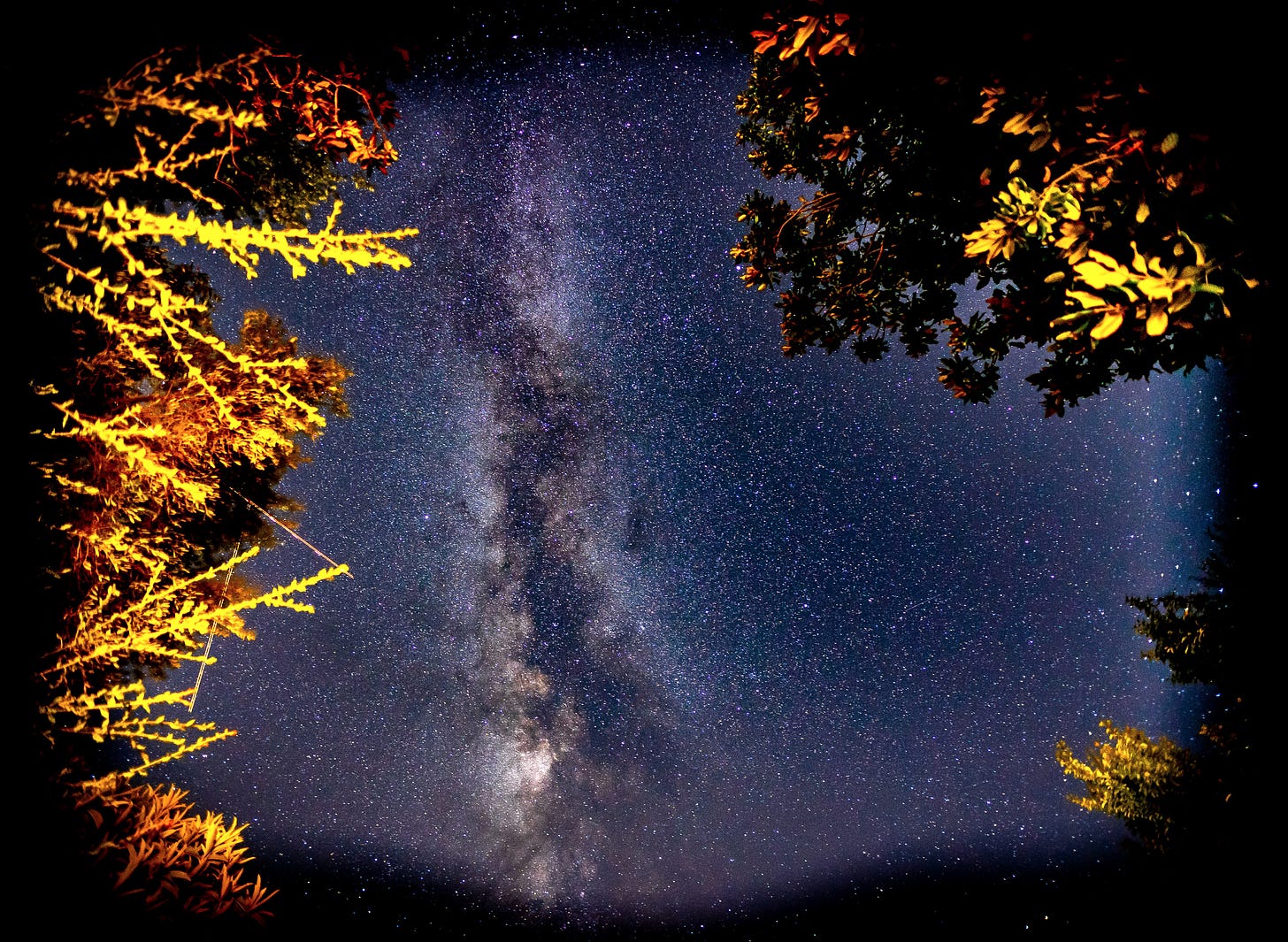
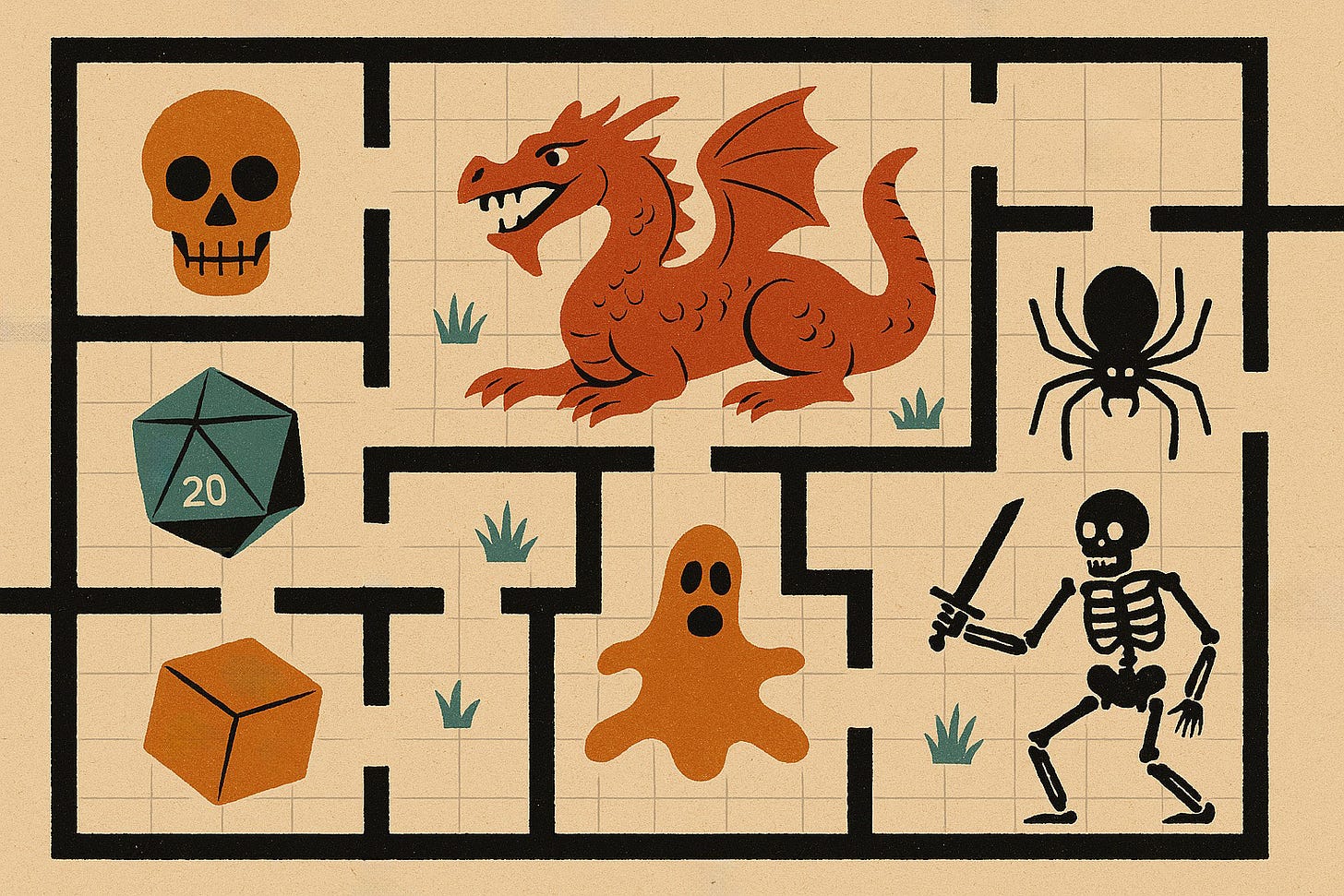
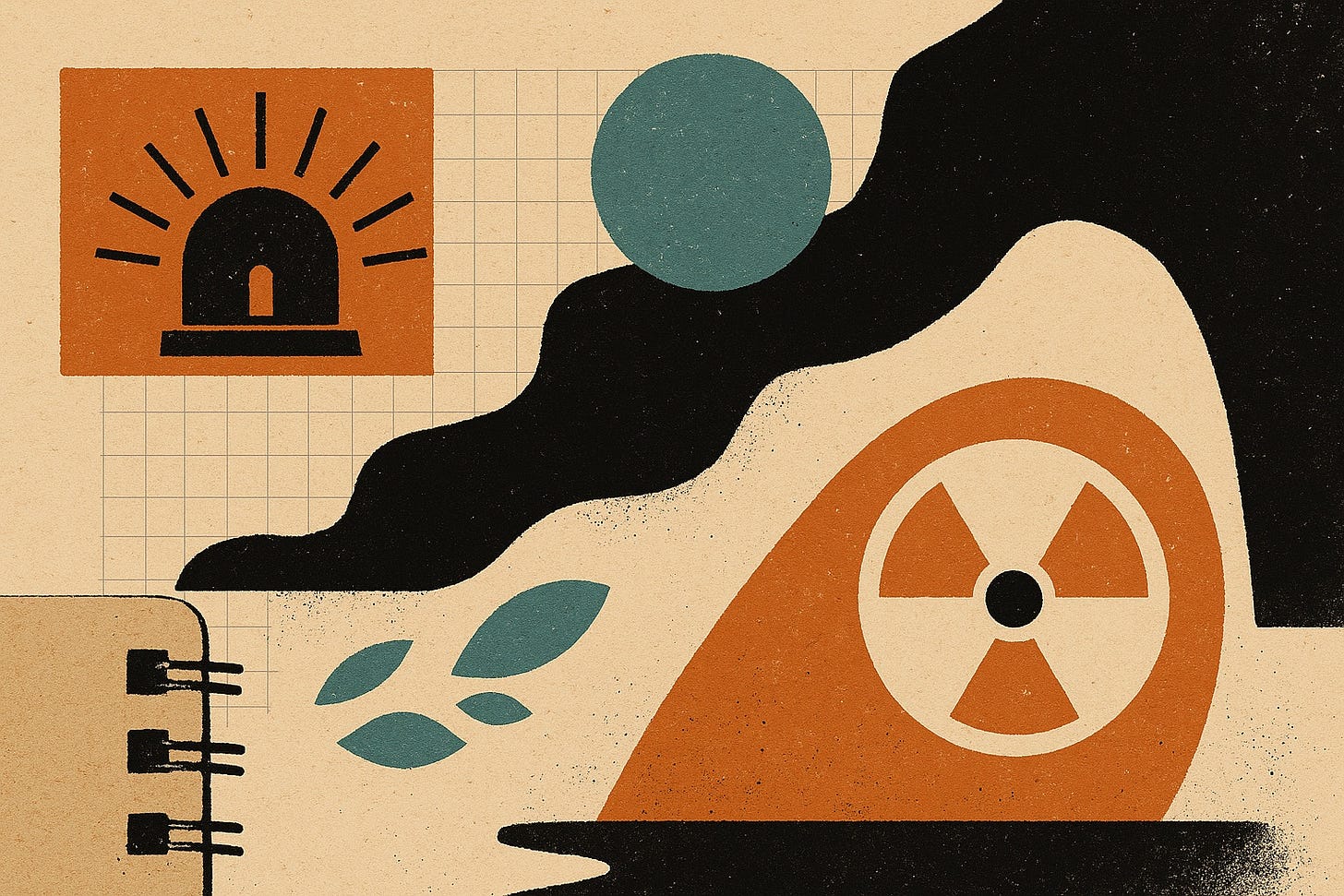

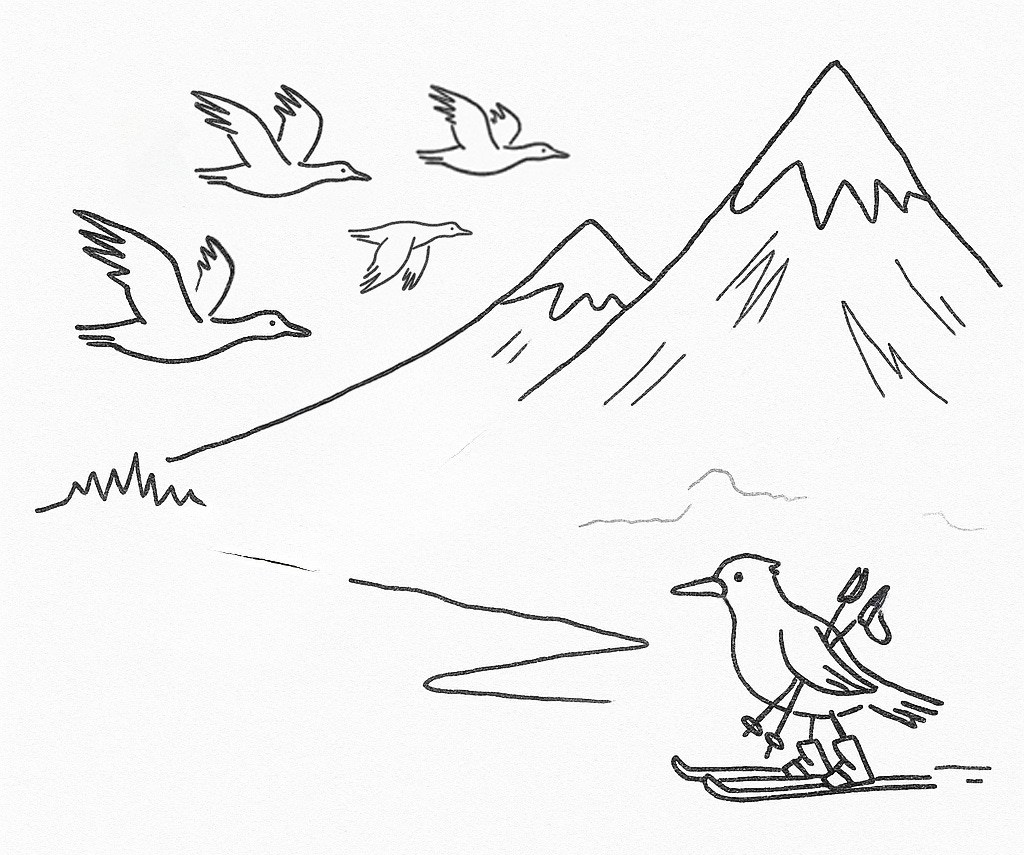


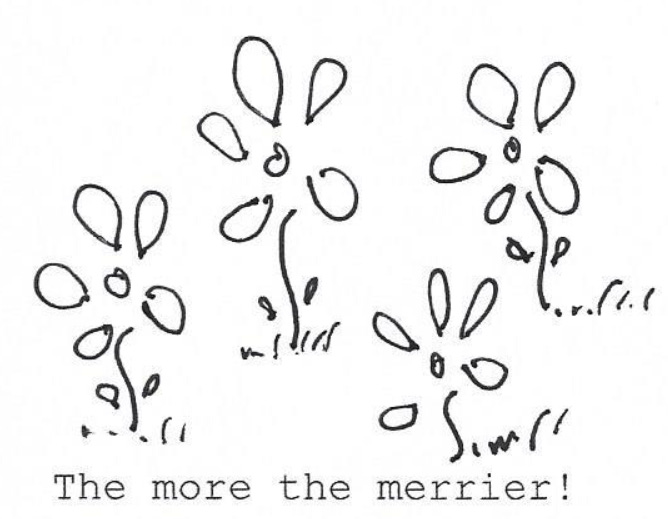
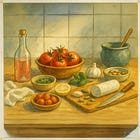

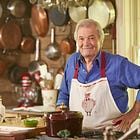


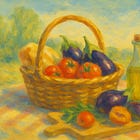

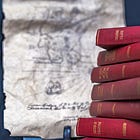
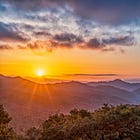

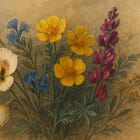
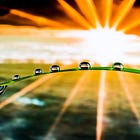

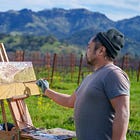
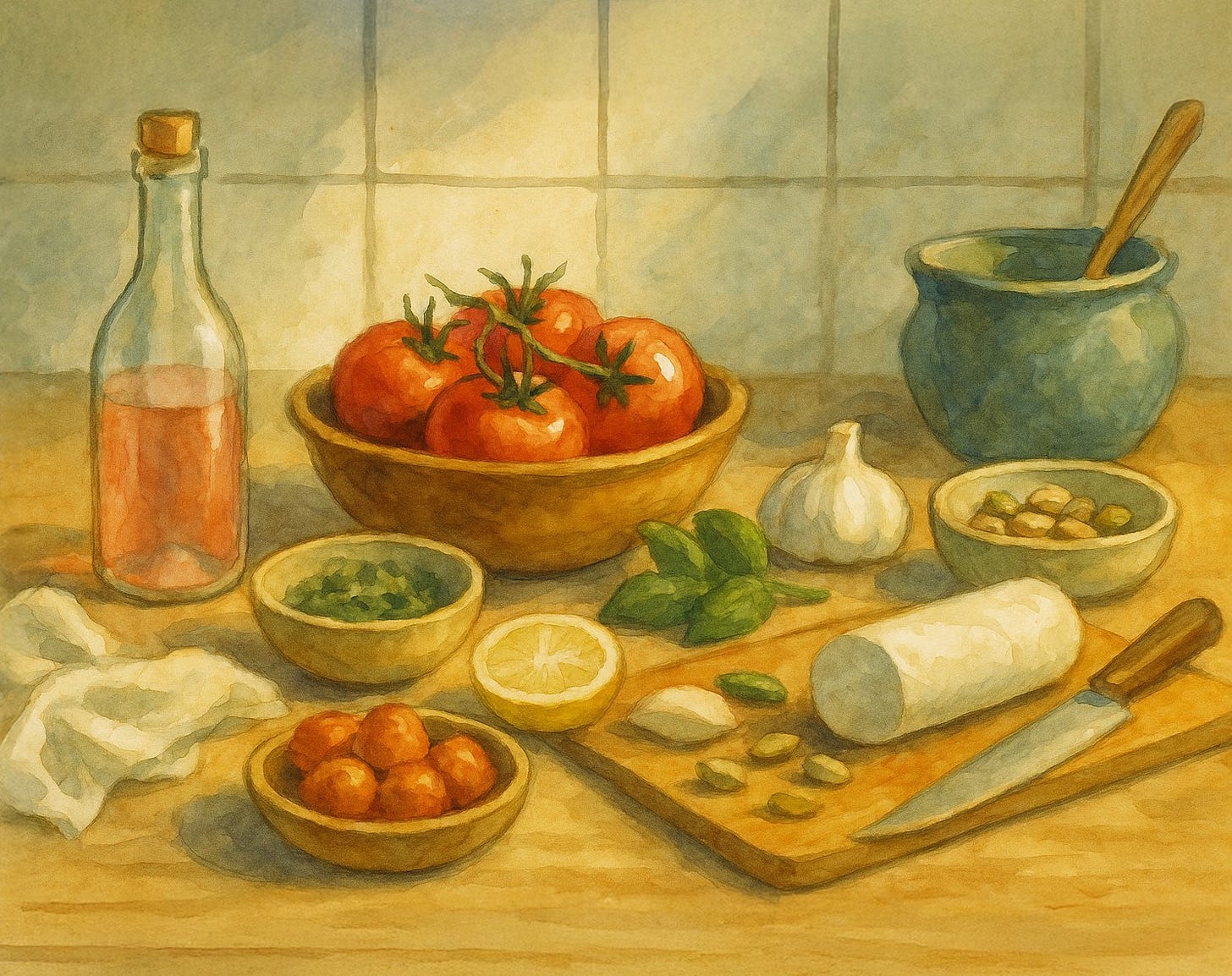
This morning’s feature is really super super cool Tim
Oh! I felt as if I was with you.